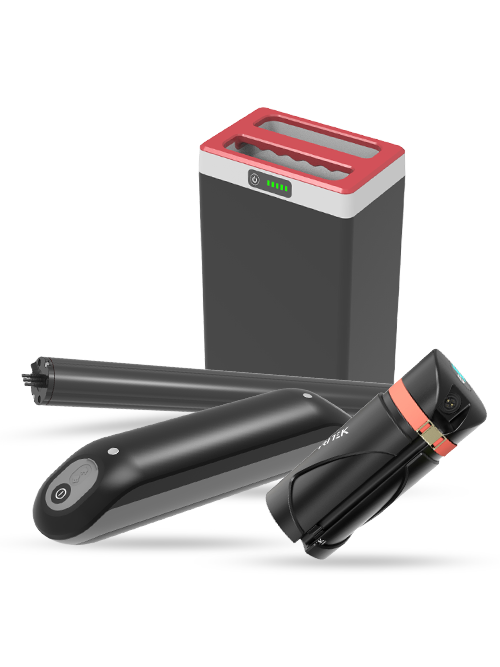In the competitive landscape of battery chemistries, the ongoing debate between Lithium Iron Phosphate (LFP) and Nickel Manganese Cobalt (NMC) has captivated industries reliant on robust energy solutions. These two prominent players, LFP batteries and NMC batteries, define the trajectory of battery-powered innovations, impacting sectors ranging from electric vehicles (EVs) to power tools.
For businesses navigating the landscape of battery-powered products such as e-bikes, discerning between LFP vs. NMC holds significant importance. LFP, acknowledged for its durability and extended lifespan, contends against NMC, acclaimed for its superior energy density. This clash of attributes forms the bedrock of market choices, steering industries toward the most effective and enduring battery solutions. Both rooted in lithium-ion technology, these chemistries—LFP with its lithium iron phosphate cathode and NMC with its nickel, manganese, and cobalt composition—delineate distinct performance metrics, necessitating a thorough comparative analysis for businesses seeking optimal battery solutions.
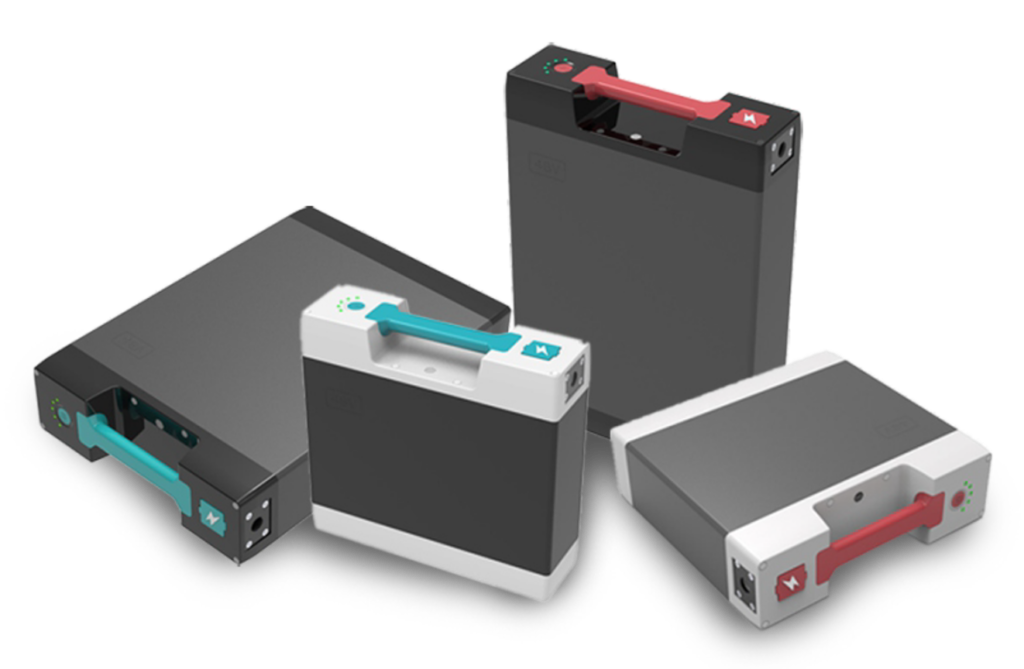
LFP vs. NMC in Cost
Comparative Manufacturing Costs:
LFP cells exhibit a notable cost advantage, clocking in at approximately 20% lower than NMC cell counterparts.
Factors Influencing Cost Differences:
Several factors contribute to this divergence in manufacturing expenses. LFP cells’ composition, featuring more abundant and cost-efficient raw materials like iron and phosphate, contributes to its lower production costs compared to NMC cells, which incorporate relatively pricier components such as cobalt.
For business buyers, especially in sectors where cost efficiency is paramount, opting for LFP-based battery solutions is a reasonable choice.
LFP vs. NMC in Cycle Life
Understanding the cycle life—the number of charge-discharge cycles a battery can endure—becomes pivotal in selecting the most suitable chemistry for specific applications.
Understanding Lifespan for Both Chemistries:
LFP batteries and NMC batteries diverge notably in their cycle life performance. LFP emerges as the frontrunner in longevity, showcasing an impressive 3 to 4 times longer cycle life compared to NMC. For instance, while NMC typically sustains around 500 charge-discharge cycles, LFP shines with a capacity to endure 1500 cycles or more without significant degradation.
Comparing Longevity and Performance Over Charge Cycles:
This difference in cycle life underscores LFP’s resilience and endurance over extended periods, making it the ideal choice for applications demanding long-lasting, durable battery solutions.
For businesses seeking to invest in battery solutions with a prolonged operational lifespan, LFP emerges as the unequivocal choice, ensuring enduring battery performance and minimizing the need for frequent replacements, ultimately translating into cost savings and enhanced reliability.
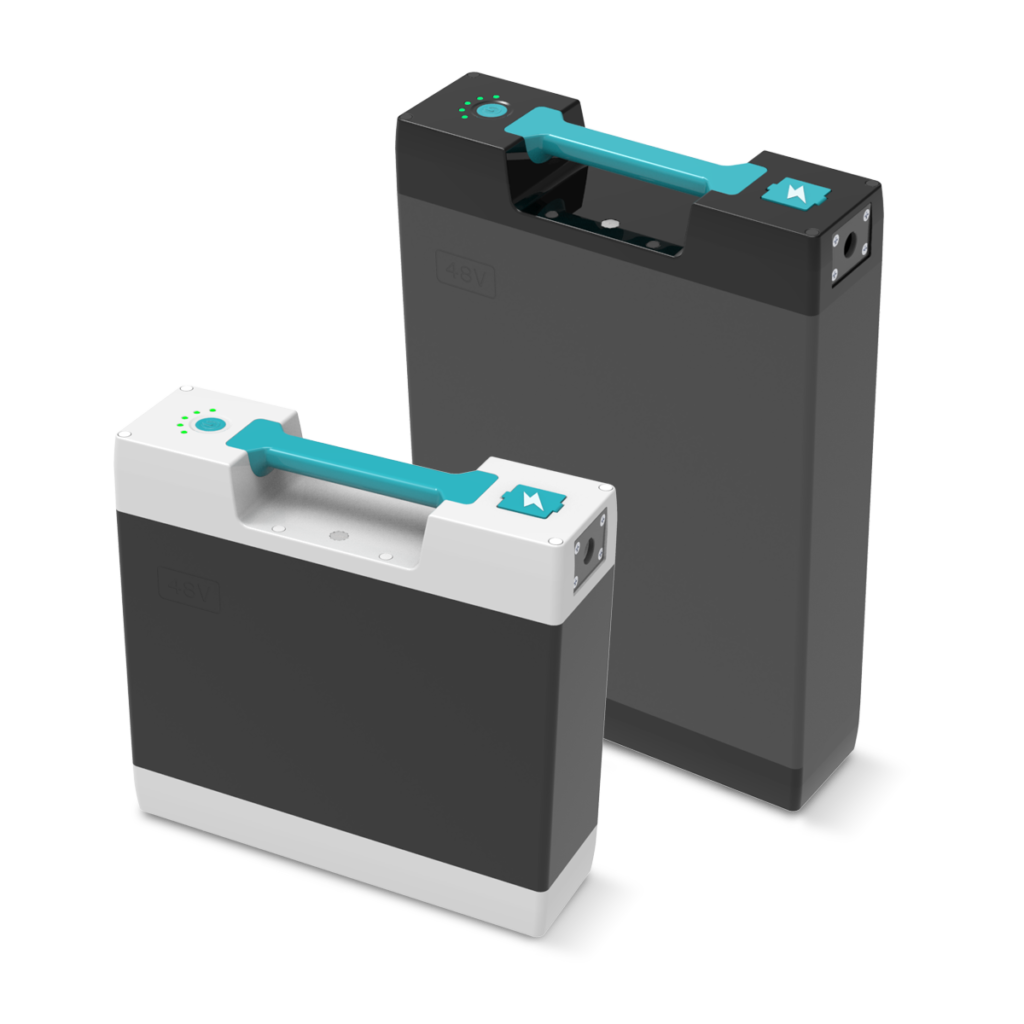
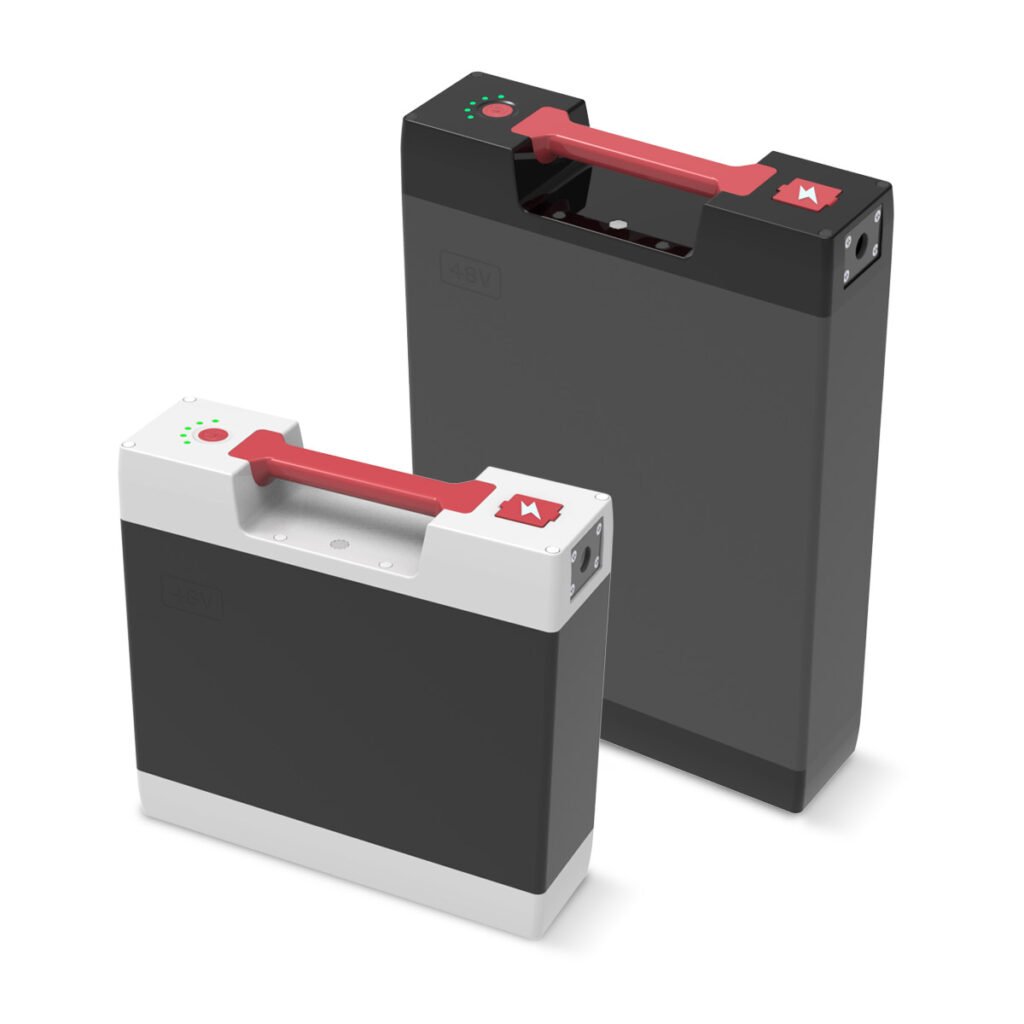
LFP vs. NMC in Energy Density
Explanation of Energy Density in Batteries:
Energy density defines a battery’s capability to store energy relative to its volume or weight. It significantly impacts the overall performance and endurance of the battery.
How LFP and NMC Differ in Energy Storage Capacity:
NMC batteries showcase a distinct advantage in energy density, boasting approximately 20-30% more storage capacity compared to LFP batteries.
For businesses engaged in smaller-scale applications or those necessitating high-energy storage within constrained spaces, NMC stands out as the preferred choice due to its superior energy density.
LFP vs. NMC in Volume Density
Volume density, defining the energy storage capacity relative to the volume occupied, significantly impacts battery pack design and space utilization in various applications.
Discussion on Volume Density Variation:
NMC batteries boast a distinct advantage in volume density, showcasing approximately 20-30% more storage capacity within a given volume compared to LFP batteries. This characteristic makes NMC batteries particularly suitable for applications where space efficiency is paramount, enabling the integration of higher energy storage within limited physical dimensions.
Impact on Battery Pack Design and Space Requirements:
For businesses navigating projects requiring batteries optimized for smaller applications, NMC’s superior volume density positions it as the preferred choice, offering a balance between compactness and high-energy storage. However, it’s essential to weigh this advantage against other factors such as cost, cycle life, and energy density to align with specific project requirements effectively.
Explore Tritek’s compact NMC battery packs below:
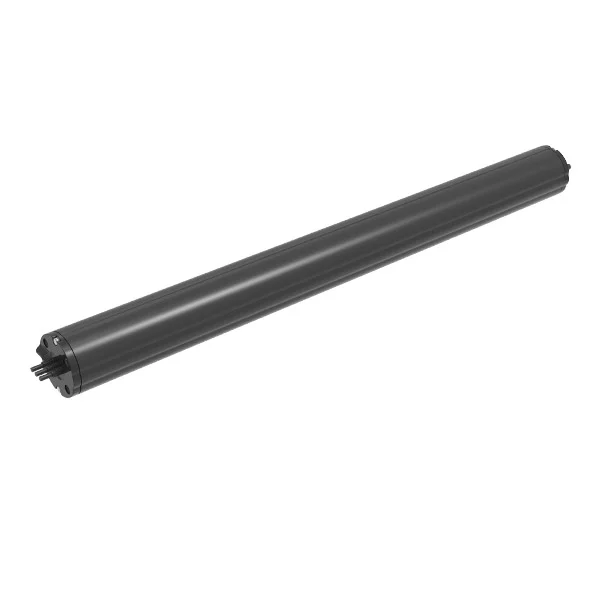
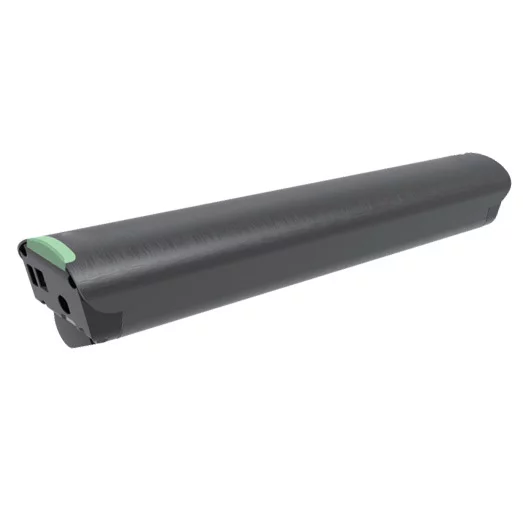
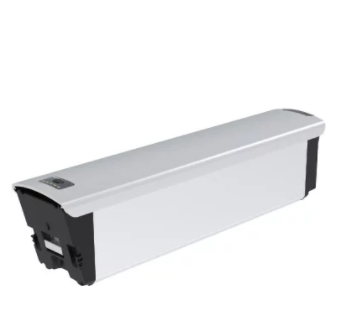
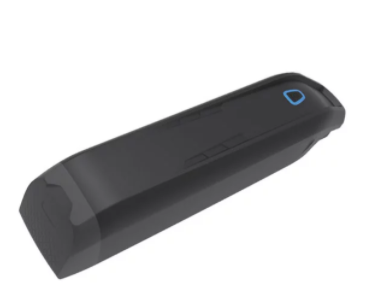
LFP vs. NMC in Power Density
Power density, representing the rate at which a battery can deliver power relative to its weight, plays a pivotal role in high-torque applications where instantaneous power output is crucial.
Unpacking Power Density Differences:
LFP batteries and NMC batteries exhibit distinct power density profiles. LFP battery typically operates within the 2-3C range, while NMC falls within the 1-2C range. This difference denotes the capability of these batteries to discharge power concerning their capacity.
Influence on Performance in High Power Demands:
For applications demanding high-torque performance or rapid acceleration, LFP batteries emerge as the preferred choice due to their higher discharge rate capability. The ability to handle higher current discharges positions LFP batteries as ideal candidates for scenarios requiring bursts of power, ensuring smoother and more responsive performance.
Businesses aiming for e-bike models emphasizing high-torque performance, quick acceleration, or applications where rapid bursts of power are essential would benefit from leveraging LFP-based battery solutions. However, it’s essential to consider other factors like cycle life, cost, and overall energy storage capacity to align the battery chemistry effectively with the specific requirements of the e-bike’s performance characteristics.
LFP vs. NMC in Safety
Safety Considerations Between LFP and NMC:
LFP batteries have a distinct safety advantage compared to NMC batteries due to their inherent resistance to thermal runaway issues. Thermal runaway—a phenomenon where battery temperature rapidly increases, potentially leading to fire or explosion—is a concern particularly associated with certain chemistries of lithium-ion batteries like NMC, which include materials like cobalt.
Insights on Thermal Stability and Resistance to Thermal Runaway:
LFP’s composition inherently lacks materials prone to triggering thermal runaway, ensuring enhanced thermal stability and minimizing hazardous risks. For businesses engaged in applications necessitating low hazardous risk LFP emerges as the safer choice, offering peace of mind in scenarios where safety is paramount.
This advantage positions LFP as a preferable option for manufacturers prioritizing product safety and reliability. However, while considering safety as a prime factor, it’s essential to balance this attribute with other performance metrics such as cycle life, energy density, and cost to align with the specific requirements of the intended e-bike application.
LFP vs. NMC in Weight
Analyzing Weight Differences and Implications:
NMC showcases a notable advantage, weighing approximately 15-20% less than LFP batteries.
Effects on Applications in Various Industries:
For e-bike manufacturers focusing on lightweight designs and enhanced maneuverability, NMC emerges as the preferred choice due to its lower weight. The reduced weight of NMC batteries contributes to overall weight savings in e-bike construction, enabling the creation of sleeker and more agile models without compromising on energy storage capacity.
Businesses engaged in applications where weight plays a pivotal role, such as portable electronics or transportation solutions like e-bikes, may find NMC’s weight advantage particularly beneficial. However, when evaluating battery chemistries, it’s vital to consider other factors like cycle life, energy density, cost, and safety to align with the specific requirements of the intended application.
Conclusion
Recap of Key Differences Between LFP and NMC:
In summarizing the distinctions between Lithium Iron Phosphate (LFP) and Nickel Manganese Cobalt (NMC), it’s evident that each chemistry presents unique advantages. LFP excels in extended cycle life, cost efficiency, and superior safety due to its resistance to thermal issues. Conversely, NMC boasts higher energy and volume density, lighter weight, and greater power density.
| LFP | NCM | Application | LFP | NCM | |
| Cost | 20%↓ | Cycle life | ✔ | ||
| Cyclelife | 2000 cycles | 500 cycles | For long lifespan request application | ✔ | |
| Energy Density | 20~30% ↑ | For small application | ✔ | ||
| Volume Density | 20~30% ↑ | For small application | ✔ | ||
| Power Density | 1~3C | 1~6C | For high torque application | ✔ | |
| Safety | Safer | For low hazardous risk request application | ✔ | ||
| Weight | 15~20%↓ | For light application | ✔ |
Considerations for Choosing Between the Two Battery Chemistries:
Selecting between LFP and NMC requires a thoughtful evaluation of specific project requirements. For applications valuing longevity, cost efficiency, and safety, LFP emerges as a robust choice. Conversely, industries favoring higher energy density, lighter weight, and greater power output might find NMC more suitable.
Moreover, in the realm of advanced battery solutions, Tritek stands as a leading provider offering both LFP and NMC solutions. Tritek’s batteries, equipped with IP67 certification, ensure superior safety—from meticulous cell selection to comprehensive BMS full inspection encompassing the entire battery pack. This commitment to stringent safety measures and versatile battery solutions positions Tritek as a reliable partner catering to diverse industry needs.


